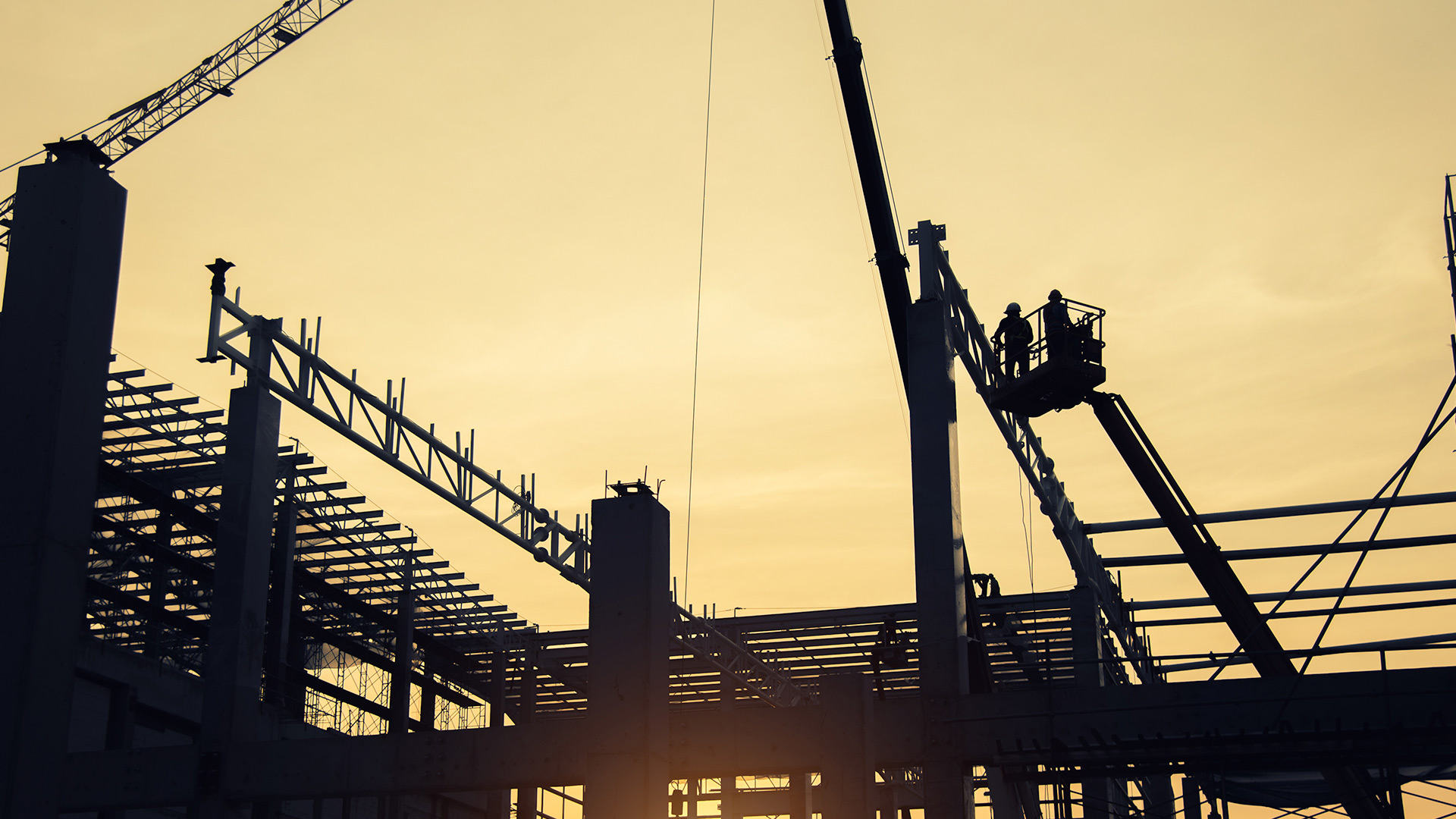COVID-19 is having far reaching impacts on the construction industry’s supply chains, cash flows and workforces. As COVID-19 restrictions lift, developers and construction participants across the supply chain need to make sure they are on top of the provisions of their construction contracts, health and safety policies and employment law practices, all with the additional pressure of protecting their workers from exposure to COVID-19.
This page (last updated on July 15, 2020) provides links to official guidance and information, as well as to our experienced legal professionals who can support you in weathering the storm.
Built environment, transport, energy and infrastructure
The UK Government is implementing its COVID-19 recovery strategy. Amongst other things, the strategy encourages workers in the construction industry in England to travel to work if their construction site is open and they cannot work from home. Where adherence to the Government’s 'one metre plus' social distancing guidelines is not practicable on site, employers should implement the measures set out in the fifth COVID-19 construction Site Operating Procedures (SOP), published on July 4, 2020.
However, official advice in Northern Ireland, Scotland and Wales differs to that in England. The Scottish Government, for example, has recently announced that the construction sector can move to the next phase of its reopening plan (Phase 3). This Phase anticipates only 30-40 percent of the original workforce being accommodated on site due to physical distancing measures. Employers are expected to comply with Construction Scotland’s Site Operating Procedures and where physical distancing cannot be maintained, the Scottish Government has made clear that work on sites should not proceed (unless in relation to essential and time-critical maintenance and repairs).
Government advice on minimising transmission
The SOP and the Government’s construction-specific guidance (the Construction Workplace Safety Guidance) outline the following additional measures that employers should take:
- Introducing one-way flow-through areas and floor markings to maintain social distancing (where possible).
- Minimising the number of unnecessary visits to the worksite. Where site visits are required, making sure customers, visitors and contractors understand how to maintain safety.
- Further increasing the frequency of hand washing and surface cleaning and avoiding surface transmission when goods enter and leave the site.
- To reduce the risk of aerosol transmission, refraining from playing music or broadcasts that mean workers need to shout to be heard.
- Sharing the results of risk assessments with the workforce.
- Ensuring workers who have symptoms or who live with others who have symptoms stay at home and are tested under the Government’s test and trace service.
The SOP does not include the requirement to keep face-to-face contact to 15 minutes or less, as in previous versions. It also states that workplaces should not encourage the precautionary use of extra PPE to protect against COVID-19. Similarly, the Construction Workplace Safety Guidance notes PPE’s ‘extremely limited’ role in providing additional protection against COVID-19, but indicates that employers should provide PPE to workers if a risk assessment shows it is required and should support workers to use face coverings should they choose to wear one. It remains to be seen whether official guidance in the construction sector will be updated in line with the Government’s recent announcement that face coverings in shops and supermarkets in England is to become mandatory from July 24, 2020.
Both employers and contractors (in their dealings with their sub-contractors) should also be looking at what alternative arrangements can be put into place to improve site safety. Possible steps include varying shift patterns (to minimise the numbers of workers on site and also, particularly in London and metropolitan areas, to enable workers to commute off-peak), altering the location of rest areas and extending working hours. To this end, the Government has introduced a new temporary fast track route to amending planning restrictions on construction hours to support safe construction working. All changes to site practices should be documented and effected in accordance with the contractual arrangements between the parties.
Onshore wind-specific considerations
The onshore wind industry plays a key role in the provision of electricity in the UK. Safety On and Renewable UK have published guidance on site operations and activities during COVID-19 for onshore wind sites (the Onshore Wind Guidance).
In addition to the SOP and the Government’s Construction Workplace Safety Guidance, the Onshore Wind Guidance suggests specific health and safety measures that can be taken at turbines and substations and when operating service lifts and ladders. Amongst other things, the Onshore Wind Guidance encourages site managers to keep a log of all turbines being worked on and details of who has worked on them, should a team member develop COVID-19 symptoms.
Key H&S issues
The Government has confirmed that the UK has passed the first peak of COVID-19 infections. Under its COVID-19 recovery strategy, the Government confirmed that lockdown restrictions will only be eased if it is confident that doing so would not risk a second peak of infections.
The SOP states that the health and safety requirements of any construction activity must not be compromised and that if an activity cannot be undertaken safely, it should not take place. The SOP obligations are in addition to the Section 2 and 3 obligations under the Health and Safety at Work, etc. Act 1974, where every employer owes a duty of care, as far as reasonably practicable, to provide a safe place and system of work for their employees and any person in relation to their activities.
In order to keep working, operators of construction sites will need to consider some of the following in the short- to medium-term:
- Travel arrangements and continuity for site work forces
- Materials supply and delivery
- Safe site operations and equipment
- Waste material collection and disposal
- Site safety risk management and audit trail
- Cash flow implications and debt financing
- Contractual penalties for delay and force majeure conditions
- Crisis management and incident response planning
We have a team of knowledgeable lawyers from a variety of disciplines who can support you on a 24/7 basis with these issues.







